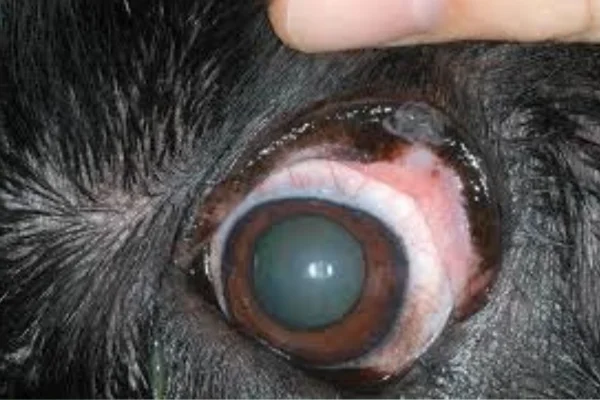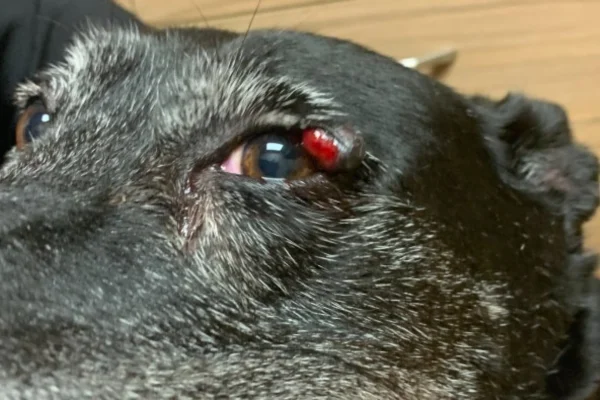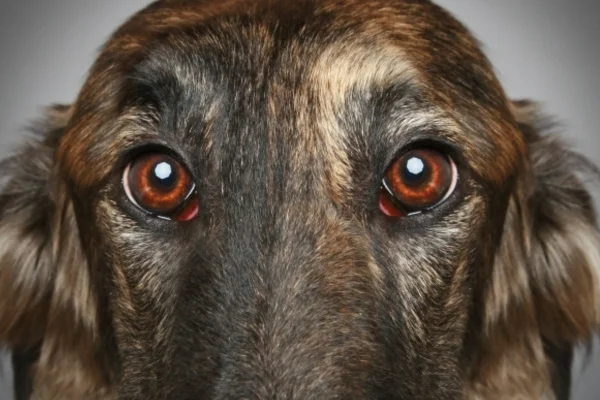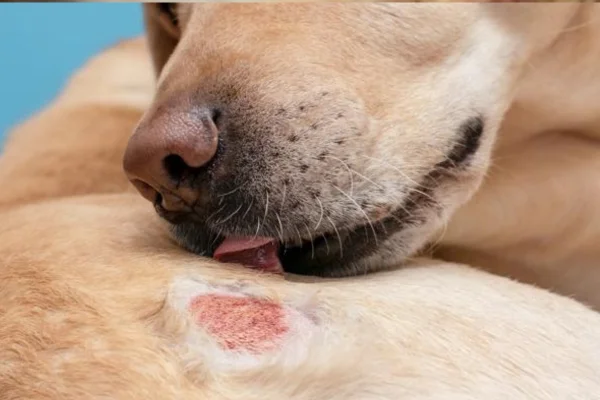Eye Tumors in Dogs: Causes, Symptoms and Treatments
Ocular Tumors in Dogs - The eyes of our four-legged companions are precious windows to the world around them. Through them, dogs express emotions, observe their surroundings and interact with us. However, just like any other part of the body, dogs' eyes are not immune to health problems, and among the most worrying are eye tumors.
These tumors can appear in various ocular structures, from the eyelids to the inside of the eye, and can affect not only vision, but also the animal's quality of life. In this article, we'll explore the causes, types, symptoms and treatments of eye tumors in dogs, with tips on how to identify them early and the necessary care.
What are eye tumors in dogs?
Ocular tumors in dogs are abnormal masses or growths that can develop in or around any part of the eye structure. They can be benign (non-cancerous) or malignant (cancerous), and each type requires a specific treatment approach.
Contents
Malignant tumors can be especially aggressive, leading not only to loss of vision, but also posing a risk of metastasizing to other parts of the body, such as the lungs and brain. Although eye tumors are not extremely common in dogs, they are serious enough to require immediate attention.
Main types of eye tumors in dogs
There are several types of tumors that can appear in dogs' eyes, each affecting a different part of the eye. Among the most common are
- Ocular melanomaOne of the most common eye tumors in dogs. This type of cancer originates in the pigmented cells that give color to the eye. Although melanomas can be benign, there is a significant chance that they will become malignant. Intraocular melanoma can cause discomfort, glaucoma and even loss of vision, as well as a dark or brownish appearance in the eye.
- Meibomian gland adenomaA benign tumor that affects the glands on the margins of the eyelids. Although this type of tumor is rarely dangerous, it can cause significant irritation, leading the dog to scratch or rub his eyes, which increases the risk of secondary infections.
- Squamous Cell CarcinomaThis is a malignant tumor that usually affects the eyelids and conjunctiva of the eye. Dogs that have a light coat or spend a lot of time in the sun are more predisposed to developing this type of cancer. Squamous cell carcinoma can expand rapidly, requiring aggressive treatment.
- Ocular LymphomaOcular lymphoma: A type of cancer associated with the lymphatic system, ocular lymphoma can manifest in dogs as part of a systemic lymphoma (affecting the whole body) or as an isolated form. It usually causes severe inflammation of the eye, often mistaken for uveitis.
- Orbital tumorsThese tumors develop behind the eye, in the eye socket, and can cause the eyeball to move, a condition called exophthalmos. Depending on the location and size of the tumor, the dog may experience pain, difficulty moving the eyes and even blindness.

Symptoms of Eye Tumors in Dogs
It is crucial for owners to be alert to any changes in the behavior or appearance of their dogs' eyes. The symptoms of eye tumors can vary depending on the type of tumor and its location, but some common warning signs include:
- Growth of visible massesA swelling or lump may be noticed on the eyelids or around the eye.
- Changes in eye colorIntraocular tumors can cause changes in the color of the eye, such as darker or whiter areas.
- Exophthalmos (bulging eyes)Orbital tumors can push the eyeball out of the socket, giving the impression of bulging eyes.
- Excessive tearing or dischargeExcess tears or unusual secretions can be a sign of irritation caused by tumors on the eyelids or conjunctiva.
- Red or inflamed eyesInflammation or redness, often mistaken for conjunctivitis, can indicate the presence of a tumor.
- Difficulty seeingPartial or complete loss of vision can occur in more severe cases.
- Excessive blinking or scratching of the eyesThe discomfort caused by the tumors may lead the dog to rub or blink constantly in an attempt to relieve the pain.
Diagnosis of Ocular Tumors in Dogs
When any of these symptoms are noticed, a veterinary consultation should be carried out as soon as possible. Early diagnosis is vital for successful treatment, especially when it comes to malignant tumors. The diagnostic process involves:
- Detailed physical examinationThe vet will examine the dog's eyes for signs of visible abnormalities, such as swelling, masses or changes in color.
- OphthalmoscopyThis examination provides a more detailed view of the inside of the eye, helping to identify intraocular tumors.
- Ocular ultrasoundUsed to detect tumors in the ocular cavity or deep structures of the eye.
- BiopsyIf a mass is identified, a sample can be taken for analysis to determine whether the tumor is benign or malignant.
- Imaging testsX-rays or CT scans can be used to check whether the tumor has spread to other parts of the body.
Treatments for Eye Tumors in Dogs
The treatment of ocular tumors in dogs varies according to the type, location and stage of the tumor. Among the most common therapeutic approaches are:
- SurgeryIn many cases, surgical removal of the tumor is the first line of defense. If the tumor is benign and localized, as in the case of meibomian gland adenomas, complete removal can solve the problem. In larger malignant tumors, it may be necessary to remove part or even all of the affected eye (enucleation) to prevent the cancer from spreading.
- Radiation therapyFor malignant tumors that cannot be completely removed surgically, radiotherapy may be an option to reduce the size of the tumor or stop it from growing.
- ChemotherapyDepending on the type of tumor and whether it has spread to other areas, chemotherapy may be recommended. This is more common in cases of lymphomas or aggressive melanomas.
- Palliative therapiesIn cases where the tumor is very advanced and curative treatment is not feasible, the focus can be on relieving pain and keeping the dog comfortable for as long as possible.

Prevention and care
Although not all eye tumors can be prevented, there are some measures that owners can take to reduce the risk. Avoiding prolonged exposure to the sun, especially in light-coated dogs, can reduce the chance of tumors such as squamous cell carcinoma. In addition, regular eye check-ups are essential to detect any eye abnormalities before they become serious.
Conclusion
Eye tumors in dogs, although frightening, can be successfully treated when detected early. Maintaining a routine of observing your dog's eyes and making regular veterinary appointments are fundamental steps in ensuring their ocular health and well-being. After all, our furry friends trust us to look after them, and being attentive to the signals their bodies give us is a powerful way of repaying that trust.








